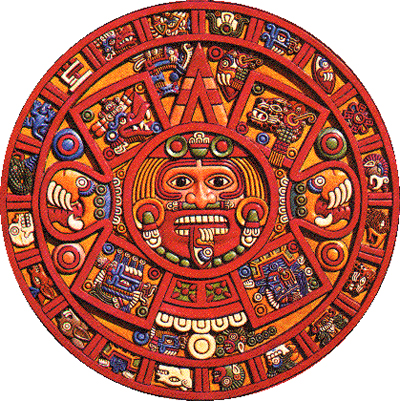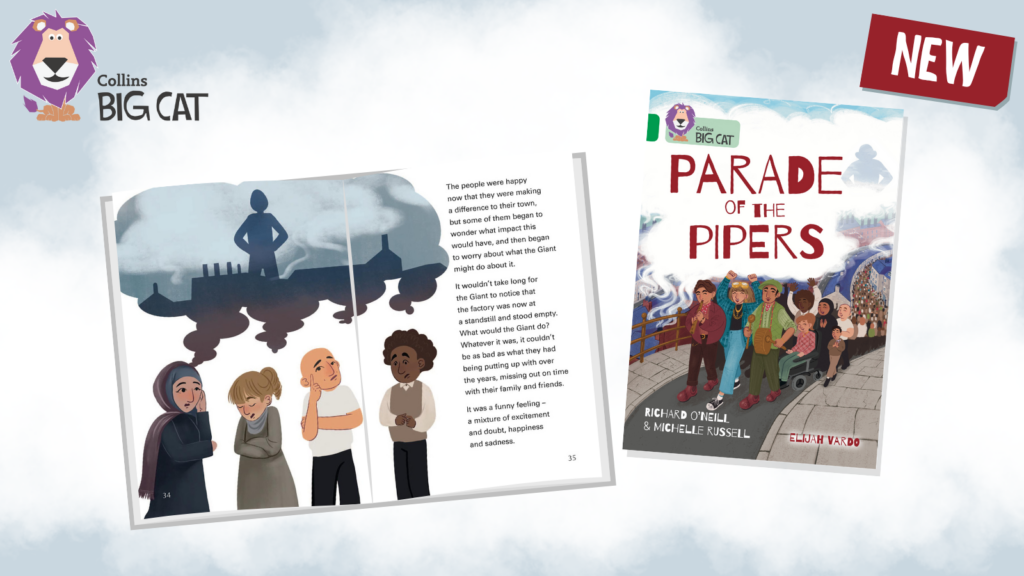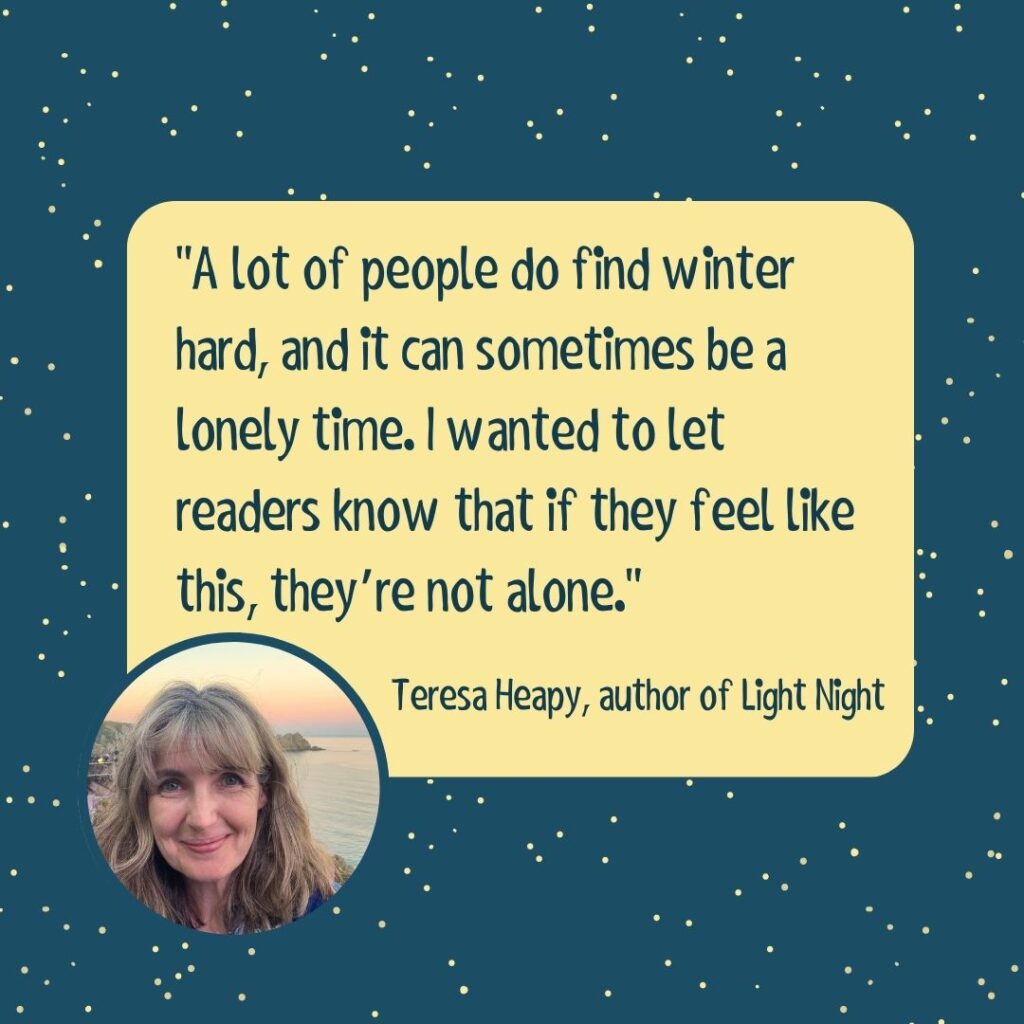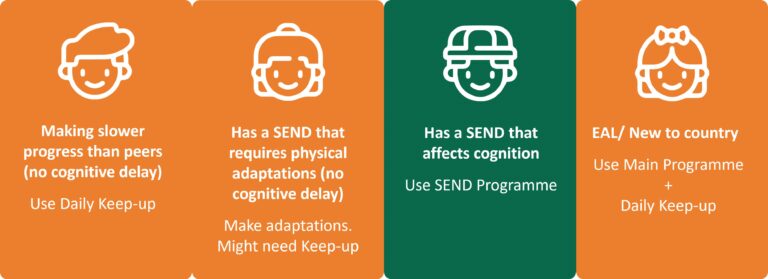Much has been made of the Mayan prediction that the world will end on the 21st December 2012 and, whilst we can’t be entirely sure, the chances of it are still remote but it does provide some interesting ideas for work in class. The theory revolves around the Mayan set of calendars which were each designed for different purposes.
When one calendar period ended, they simply began a new one, much as we do now but the Mayans noticed that when major calendars or several calendars ended at the same time, some significant event occurred. The momentous, and once in several thousands of years event of them all ending at once is reported to herald some major catastrophe and this date so happens to fall on the 21st December this year.
Activity One – What Might the End of the World Be?
LO: Be able to use known and researched facts to form an opinion
To be able to present an opinion assertively whilst being aware of and respectful of the thoughts and feelings of others
This is a great activity for stirring up debate amongst the children and getting them to really think.
Talking Point: Begin by asking them what they think ‘the end of the world’ actually means. Is it the destruction of earth so that it no longer exists, the end of life on earth or just the end of the human race? What events can cause major loss of life and which, if increased in severity, might cause the end of the world or the human race?
Now get them in pairs to rank the ideas in order of how likely they are to happen, their severity and their potential to end the world. You can introduce probability into this exercise by asking them to use terms such as ‘unlikely’, ‘very likely’ etc. The children can also use ranking by number.
Talking Point: Ask the children now to think about what they believe will happen. It could be that they don’t think anything will happen or they could decide on an event which has been included in their ranking.
Get them to find evidence for their proposal online for example; has the number and severity of earthquakes increased recently; what current political issues may lead to war; which countries have nuclear, biological or chemical weapons?
Conduct a debate but by asking each child to give their opinion, many are likely to share opinions, and keep a record of how many support each theory. Allow one question for each presenter to be asked.
At the end of the debate, ask if any have now changed their mind over what they think will happen and ask them what changed their opinion.
At Home: Conduct a survey of family and friends, asking them if they think the world will end on the 21st December and if they do, how they think it will happen. Collate the results in school the next day.
Activity Two – Has the End of the World Been Predicted Before?
LO: Use search engines to research information on historical characters
Decide which information is accurate and relevant for their purpose
There have been many ‘prophets of doom’ over the millennia, each using different means to come to their conclusions. The first goes back to the Mayans then to the the New Testament with the Revelation of St John, there’s also Nostradamus and Mother Shipton.
Ask the children to research the lives and prophecies of these very unusual people. How did they come by their prophecies; have any of them come true; were they believed in their day and how did they gain their authority?
Talking Point: Which do the children think is the most believable? On what do they base their opinions?
Ask them to present their work as a poster with a fact file of their lives, their successful predictions and ones we’re still waiting for.
At Home: Can the children make a prediction about something in their lives in the forthcoming weeks or months. It could be going on a holiday, a meal they’ll have etc. On what have they based their predictions?
Activity Three – Creative Writing
LO: Be able to adapt writing styles for different genres
To improve writing by the use of strong verbs, adverbs and adjectives
The potential for the end of the world for creative writing is enormous. You can write about actual events that lead up to the end of the world, write action about the actual end of the world or, as we’ll do here, write about what you would do if you knew the end of the world was about to come. This gives the children the chance to be empathetic, or to fulfil dreams in their writing or simply to show awareness of what is likely to be lost.
Begin by telling the children that this is not real – you don’t want any nightmares!!
Pre-record a news announcement to say that scientists have predicted the world would end very soon and that people should prepare for it.
On the board, write down a series of different time scales: a minute, an hour, a day or a week for the end of the world. Ask the children how the different timescales might influence what they did in the time left. You should get answers such as if it was a week, they’d go on holiday; a day, they might visit a relative or go to a theme park, an hour they might play a game with their friends and a minute, probably tell their family that they love them.
Ask the children to choose a timescale that they want to use and to write a diary extract for that period. Remind them that the writing needs to be in the first person and should include strong verbs, adverbs and adjectives. Remind them that they need to consider the seriousness of the situation and make the closing of the story as dramatic as possible.
Finally, when the stories are complete, select one from each timescale and ask the children to read them out to the class.
Talking Point: Ask the children if they notice any difference in the styles of writing. There should be more of a sense of urgency or panic in the shorter timescales whilst the longer ones may have an air of wistfulness in them.
At Home: Ask parents and friends what they would do if they knew that the end of the world was very close.




